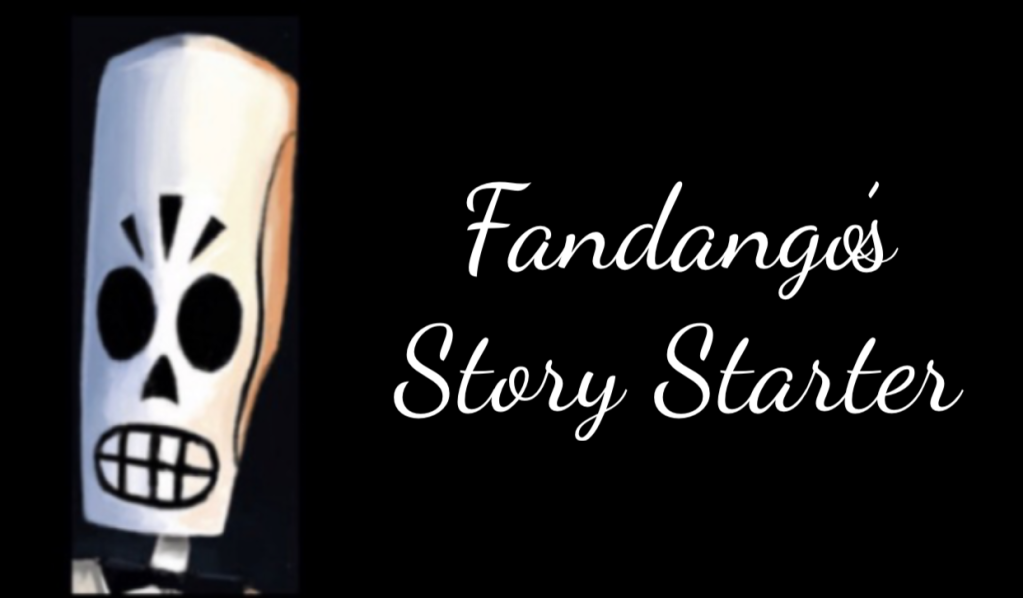
They were placed all around the city. We were told they were “infotainment kiosks.” They named them “Daniel” and the tagline was “Hey Daniel.” You could ask Daniel for directions, look at menus and hear reviews for nearby restaurants. Daniel would tell you what movies were playing in theaters and show you the trailers. He’d point out parks, schools, hotels, or whatever you needed. You could talk with Daniel about anything, tell him what was on your mind, what was troubling you, and ask him for advice.
Daniel had state-of-the art artificial intelligence functionality built in, so when you approached Daniel, his eyes opened, he smiled at you, and spoke to you in an uncannily human-like way. His facial expressions would change based upon the nature of the dialogue. He’d laugh if you said something funny or looked concerned if you seemed upset.
Children adored Daniel. The elderly would chat with Daniel as if he was their best friend. If people had talked with Daniel before, he’d recognize them, call them by their names, and would even ask follow up questions about previous conversations. Everyone trusted Daniel. Everyone loved Daniel.
But what nobody knew was that Daniel saw and heard everything. Every image, every word — even of those who walked by but didn’t stop and interact with Daniel — was recorded, catalogued, and stored, creating a compressive video and audio profile of the everyone who lived in the city.
It took a while, but people began to notice that some of their friends and relatives were being apprehended and detained indefinitely for being “undesirable” or “subversive.” But by the time they realized that Daniel was a 21st century version of Big Brother, it was too late.
Written for Mindlovemisery’s Menagerie Photo Challenge. Photo credit: Darrell Whiley.




